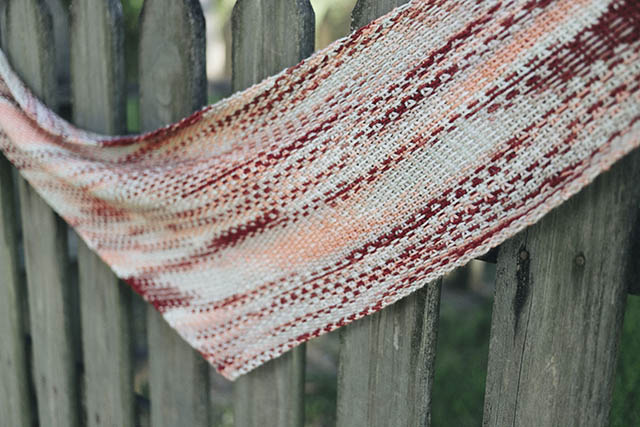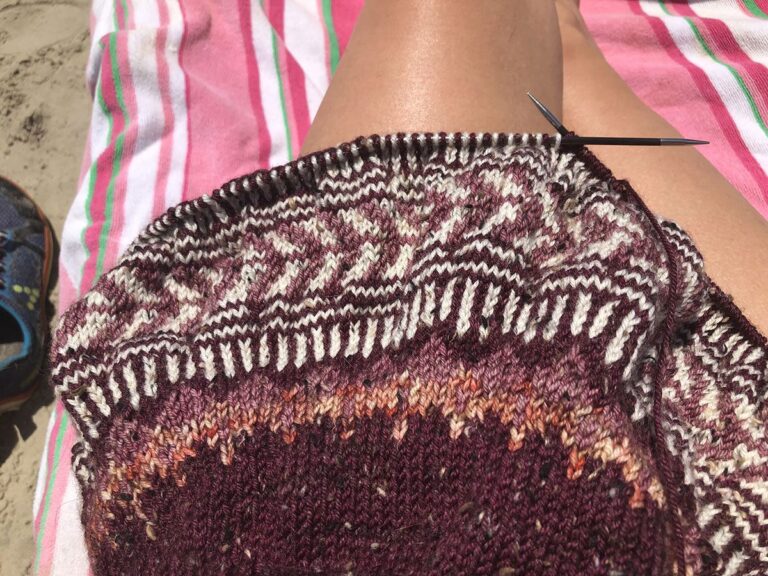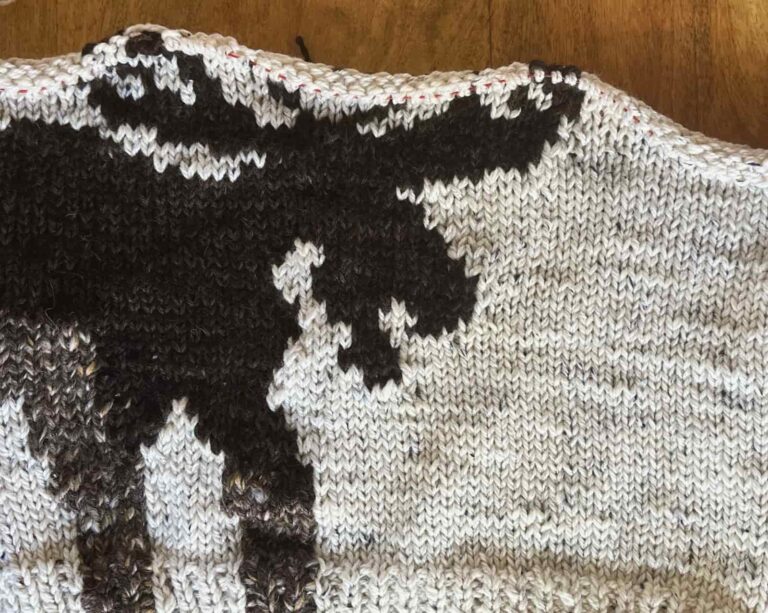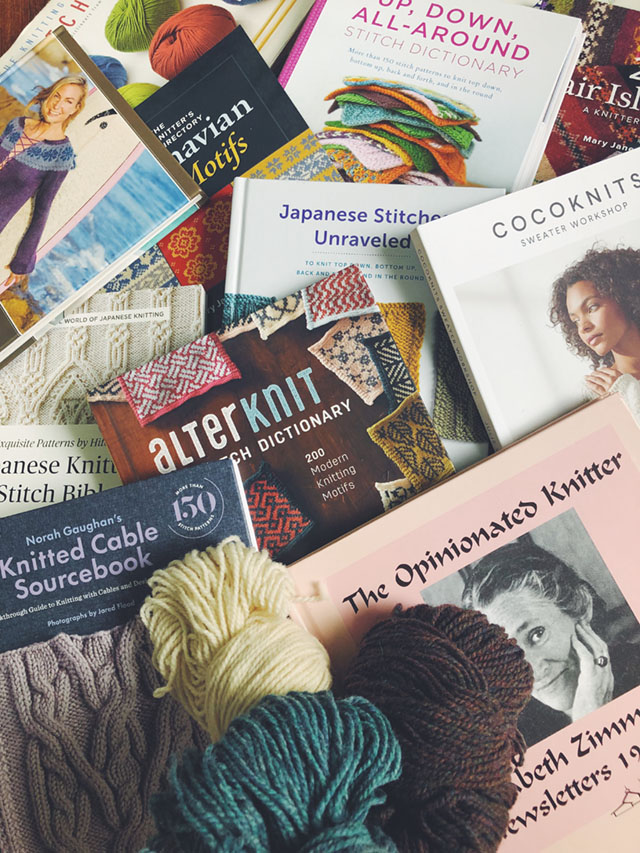Grotine
I know a lot of you come to the blog to see photos of a knitted item, maybe to decide if you want to make it, and just scroll through all the talky talk. I do a lot of talky talk. That’s totally cool, but please do read the section in bold, because its an emergency and there’s something super easy, affordable, and immediate that we can do about it. Thanks, friends.


Grotine is a funny name with a weird story behind it. The kind of story you had to be there to get. I like that because it makes me think of strange phrases I share with my siblings, and now my kids, that no one else would find amusing but upon hearing them uttered, I laugh so hard that I snot on myself :/ .
Grotine is a shawl design by Caroline Dick that I found after the discussion on racism really took off in the instagram knitting community. That’s the January a lot of things happened my life, including my eyes being opened wider on this issue. (That seems so long ago now.) I had seen Caroline’s Aberdeen design in an issue of Knit Scene that was sort of dedicated to the 90s. But Grotine was new to me, as was the linen stitch used throughout.
Linen stitch is fun, y’all. This is a shawl designed with only one skein of yarn in mind. Most of us have one stray skein we aren’t sure what to do with. Caroline encouraged knitters to use that wildly variegated single skein because it looked really good in the linen stitch, so that’s what I did. I’d never used a variegated yarn for something so textured before. It did look good, but I think a semi-solid or solid could look really interesting too, highlighting the woven-like texture.

Caroline was also flexible about length. It’s basically a knit ’til you feel like stopping kind of project. That’s my kind of laid back knit. I used a dk weight yarn, instead of fingering, and I did just that: I knit through one skein and into part of another.
Here’s the best part, Grotine is a benefit pattern. All proceeds go to True North Aid, an organization that serves northern indigenous communities in Canada with basic humanitarian support. Caroline gives some facts on her pattern page that are unsettling: 60% of Canadian indigenous children live below the poverty line and 120 First Nation Communities don’t have access to clean drinking water. And that was all before Covid.
Grotine was my introduction to what First Nations peoples in Canada are experiencing. Prior to that my thoughts of indigenous people had stopped at the US border and were not fully informed at that. After reading some of Caroline’s posts and various articles, their situation was made more clear to me. So I am changed. Scroll to bottom for some good links and ways to partner with your neighbors to make a difference.

Details: I used size US 10 needles with Tosh DK in the Free Range Eggs colorway. I had bought these skeins on sale from Jimmy Beans because they made me think of my neighbors’ yard eggs, but I really wasn’t sure how to use them. They were either too much or too little yardage for projects I had considered. Grotine was flexible enough in sizing that I was able to use most of it.

Since the Covid-19 Virus outbreak worldwide, I have seen troubling statistics about the effect on indigenous communities. Imagine all of the exhausting cleaning rituals we are told to go through when bringing groceries into our house, for instance, and how hard it was to do without cleaners and sanitizers, etc. Now imagine not having clean water, enough food coming into the house, cleaning supplies, masks, and medical supplies. That’s where many of these people are today. These are our citizens and neighbors.
I want you to buy this pattern, cause it’s cool and it benefits a good cause with a little gift in it for you. But here are some other sources that are also just as easy to donate to in any amount:
True North Aid takes credit card, PayPal, and even checks!
Decolonizing Wealth Fund directed to indigenous people of U.S. for Covid relief because the amount allotted to tribes by the CARES Act hasn’t been distributed.
Partnership with Native Americans provides relief and other services. Their donate page is here.
First Nations Community Healthsource Tribal Covid Fund
Here are some sites with quick information if, like me, you haven’t really been aware of the problem:
This article has a lot of good, immediate ideas to help improve Native American lives, with links.
There’s also Center for American Progress for more info about Covid relief and general issues.
This American Medical Association article and one from Politico discuss inequities in US response to Covid in indigenous communities.
If you, your church, or other community group, are able to make care packages to send of some needed supplies, this link is for you:
For those who can sew or send sewing supplies for masks hospital PPE: Seamstresses unite for Navajo and Hopi Covid Relief and supply drop off points.
Finding these links literally took 5 minutes. You may be able to contact reservations in your area for relief info. Thanks for indulging me.

(more on my Ravelry, Instagram, and Flickr)
You can find more about this on podcast episode 30: DFW FiberFest because, yeah, I knit it that long ago and am just posting about it.



